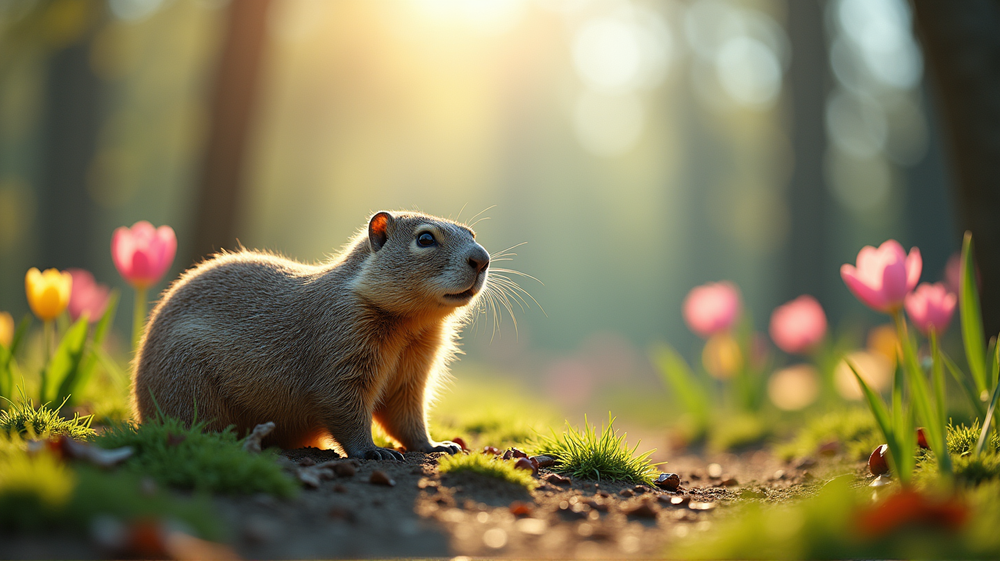Every year, the nation tunes in to see if a furry little creature will see its shadow, proclaiming six more weeks of winter or an early spring. But beyond Groundhog Day’s traditional charm, what are weather forecasters really saying about the upcoming spring?
The Groundhog’s Verdict vs. Scientific Predictions
On Groundhog Day, people eagerly await the announcement from Punxsutawney Phil, the legendary groundhog that’s been predicting the weather for over a century. Yet, despite Phil’s celebrity status, his weather predictions only hold a 50% accuracy rate. So, while it’s fun and steeped in history, how much should we rely on this fuzzy forecaster?
A Look at the Models
Weather scientists leverage a myriad of models and long-range forecasting techniques to construct a clearer picture of what spring has in store. These models consider ocean temperatures, air currents, and past climate data to provide a scientific basis for understanding the seasonal shift. As stated in USA Today, the consensus among meteorologists is leaning towards a particularly vibrant and warm spring season ahead.
Are We Warming Up?
Spring forecasts this year suggest a trend towards warmer temperatures, with some regions expected to experience an earlier thaw and bloom. This shift aligns with broader climate patterns observed over recent years, where warmer springs are becoming more common. These warming trends are not only delights for those eager for sunshine but could also impact planting seasons and biodiversity.
Preparing for Spring’s Surprises
While the general forecast appears bright, occasional cold snaps and unpredictable weather events still pose a challenge. Experts recommend keeping an eye on local weather updates to better prepare for sudden changes. Despite these potential hiccups, most are optimistic about embracing the warmer, blossoming days ahead.
The Role of Technology
Technological advancements have significantly enhanced our ability to forecast weather accurately. From satellite imagery to machine learning, these tools allow experts to predict weather patterns with greater precision than ever before. As the season unfolds, it will be these innovations, rather than shadows, that guide farmers, gardeners, and residents alike through the transition from winter to spring.
In conclusion, while Groundhog Day offers a fun glimpse into folklore, it’s the detailed and data-driven analyses of meteorologists that truly lead us into the promising embrace of spring. So, as the frost melts and daylight extends, the atmospheric artists paint a picture of renewal, guided by both tradition and technology.













